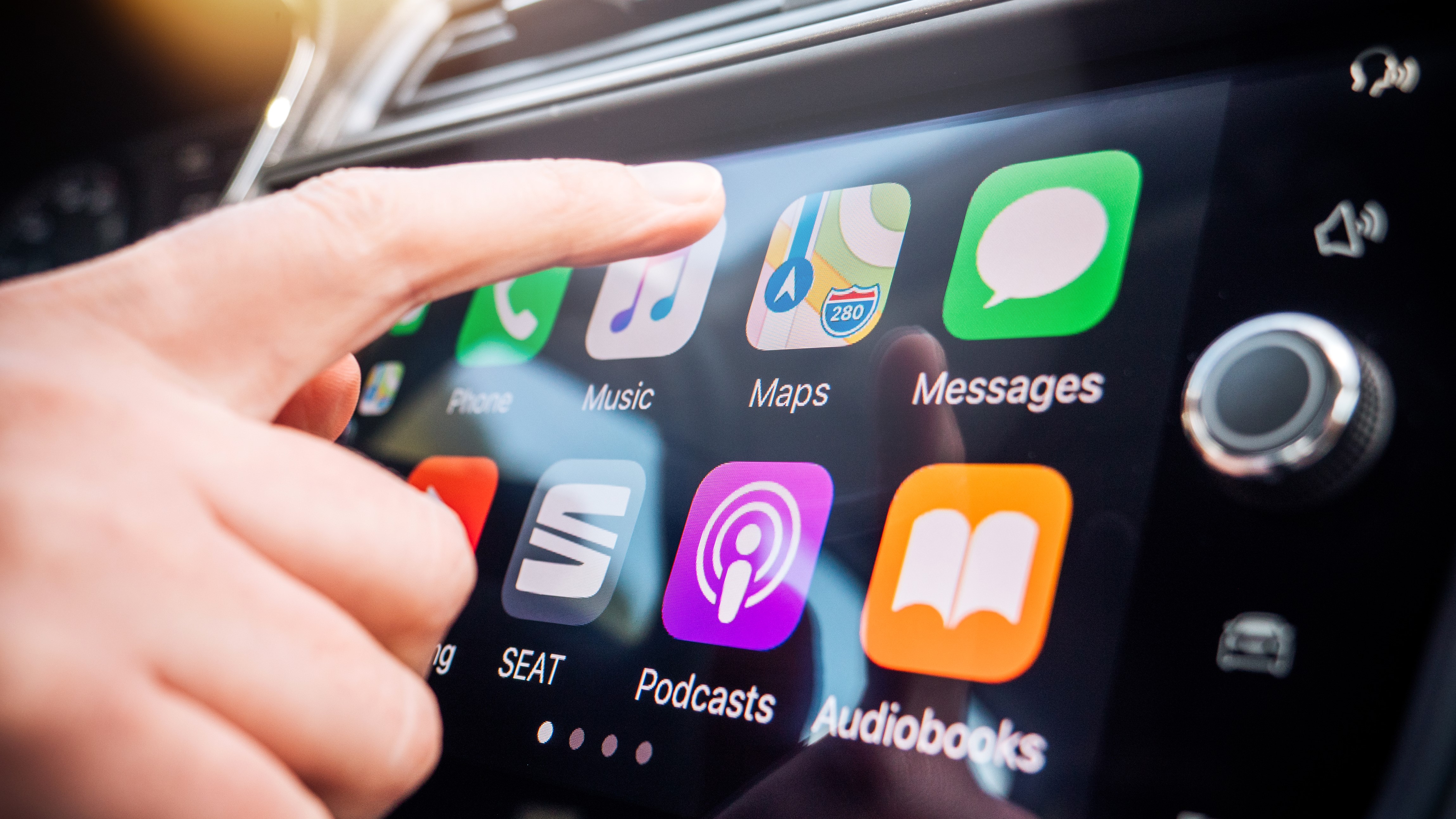iPhone 17 — 5 iPhone 16e lessons Apple should apply to the new iPhone launch
What Apple got right — and what it got wrong — with the iPhone 16e
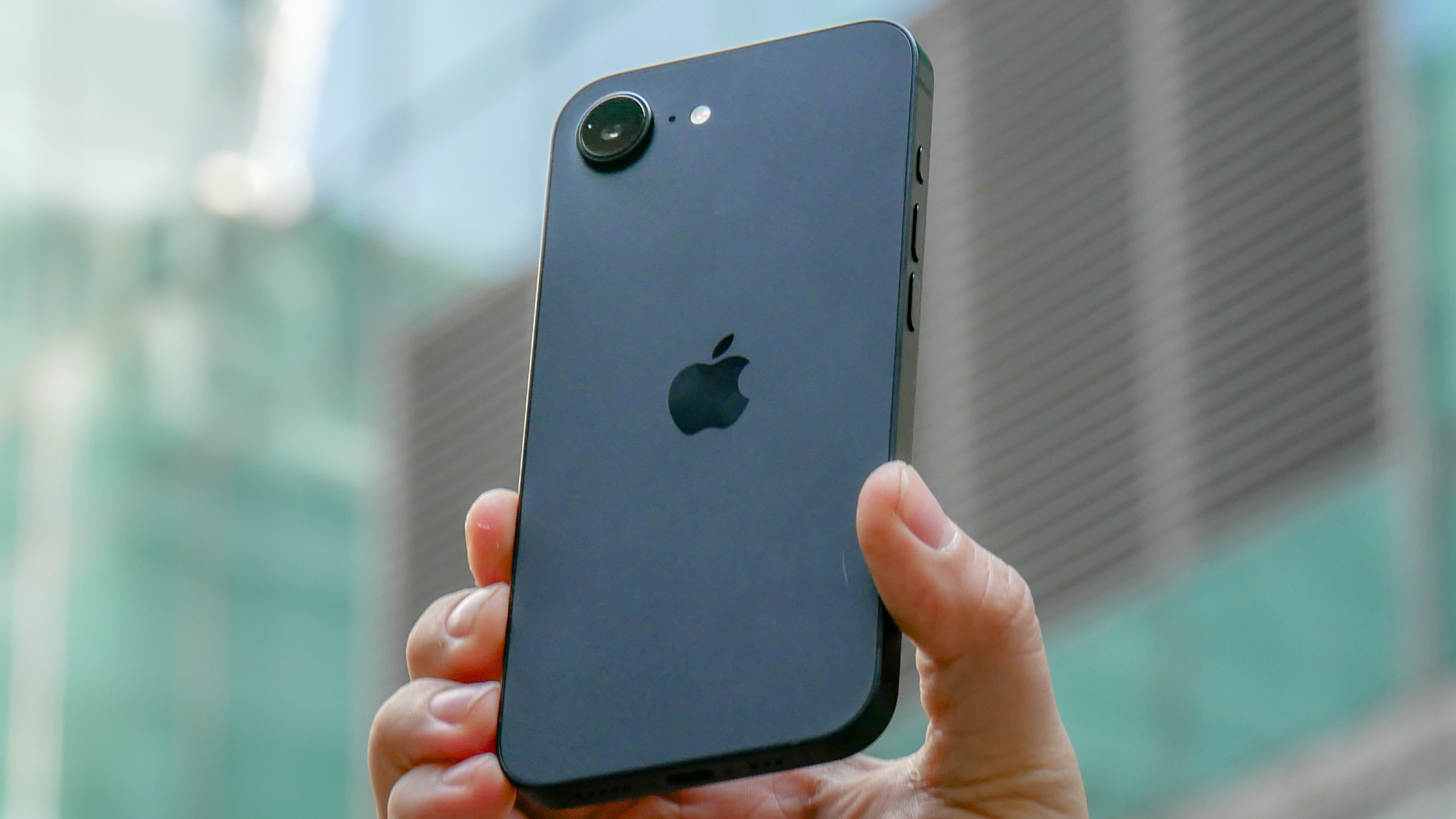
Apple's got half-a-year to get its ducks in a row for the iPhone 17 launch, with the company likely to roll out new phones in the fall just as it does every year. Only this time around, Apple got in some practice ahead of time, releasing the iPhone 16e at the end of February.
We won't get our first official insight into whether the iPhone 16e has been well-received or not until May 1, when Apple is set to announce financial results for the first three months of the year. That report would include the first month of iPhone 16e sales.
But even before Apple lets us know how its new iPhone is selling, there are some lessons to be drawn from the iPhone 16e release. And they're lessons Apple could apply to the iPhone 17 rollout that's coming later this year.
Design changes grab everyone's attention
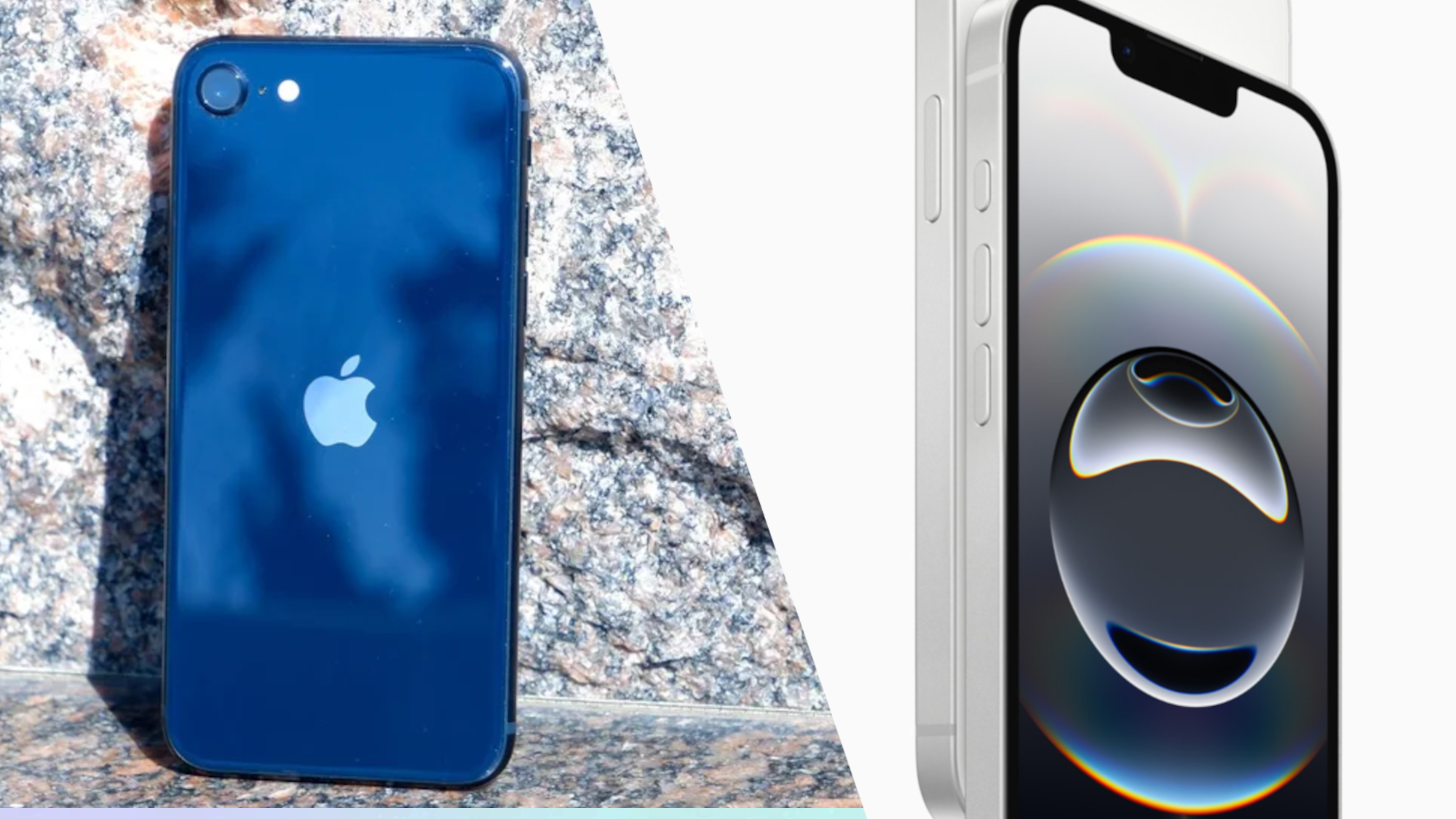
It's not controversial to say that the iPhone SE — the device that the iPhone 16e replaced in Apple's lineup — was overdue for a refresh. Not only had it been nearly three years since that phone's release, but the iPhone SE (2022) was still sporting a skimpy 4.7-inch display in a bezel-heavy design that Apple started phasing out seven years ago.
The iPhone 16e ushered in a new look, even if "new" was only relative. Truth be told, the iPhone 16e looks an awful lot like the iPhone 14, right down to the notched display and the 6.1-inch panel. Still, just the notion that Apple was switching things up with one of its phones was enough to get people to sit up and take notice.
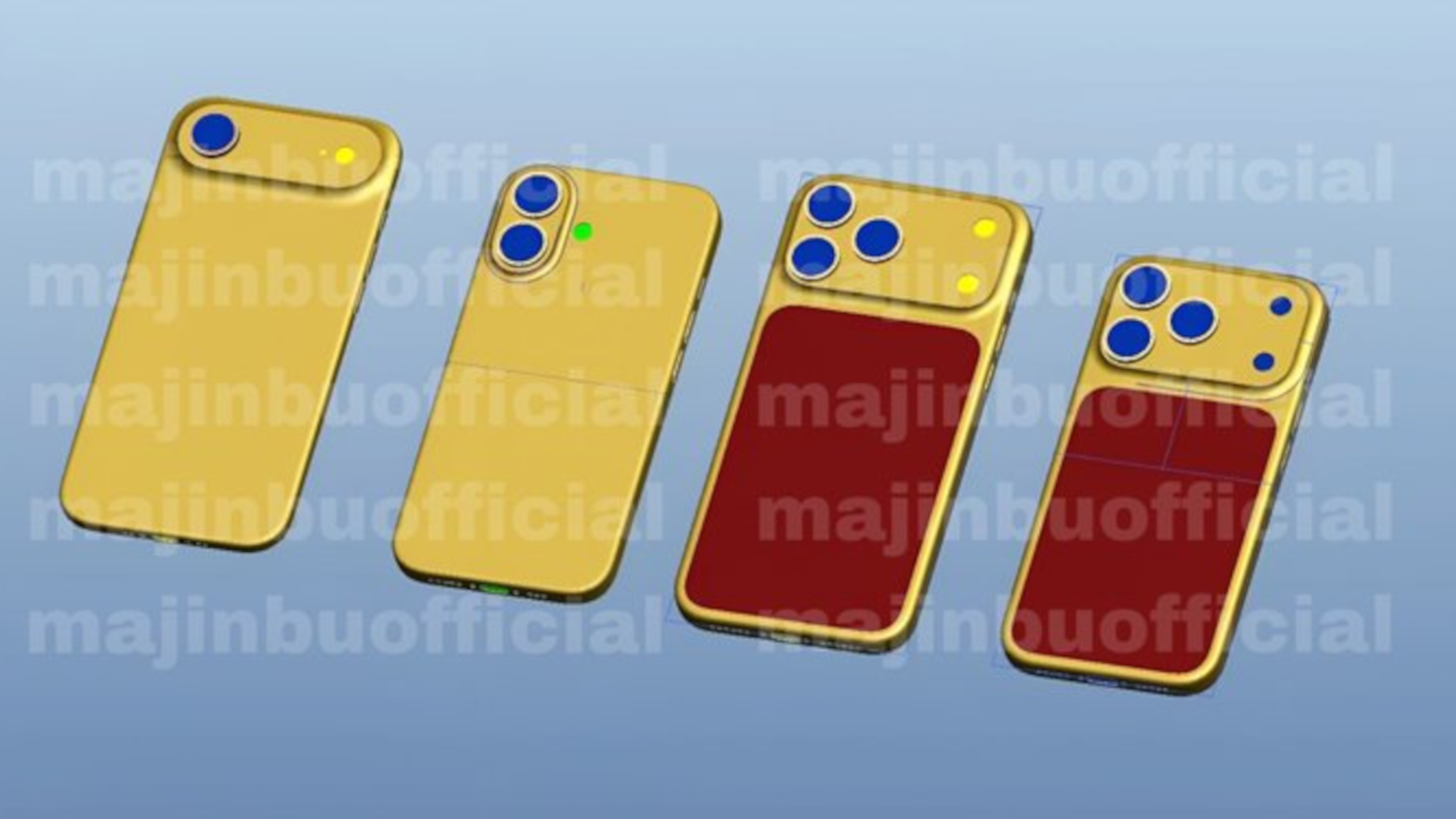
History might repeat itself this fall, with the iPhone 17 launch. Already, alleged renders of the new phones have emerged that show off devices with an extended camera block. If true, it's certainly going to get people talking about the new look, with people arguing over whether they like it or not. But from Apple's perspective, at least it will get people talking.
There could be other changes, too, with some analysts expecting a smaller Dynamic Island on the iPhone 17's display. Other reports have touted more seamless transitions between the glass and aluminum parts of the phone. Throw in an iOS 19 interface overhaul, and the next iPhone could look very different from what we have today.
Improve on the essentials
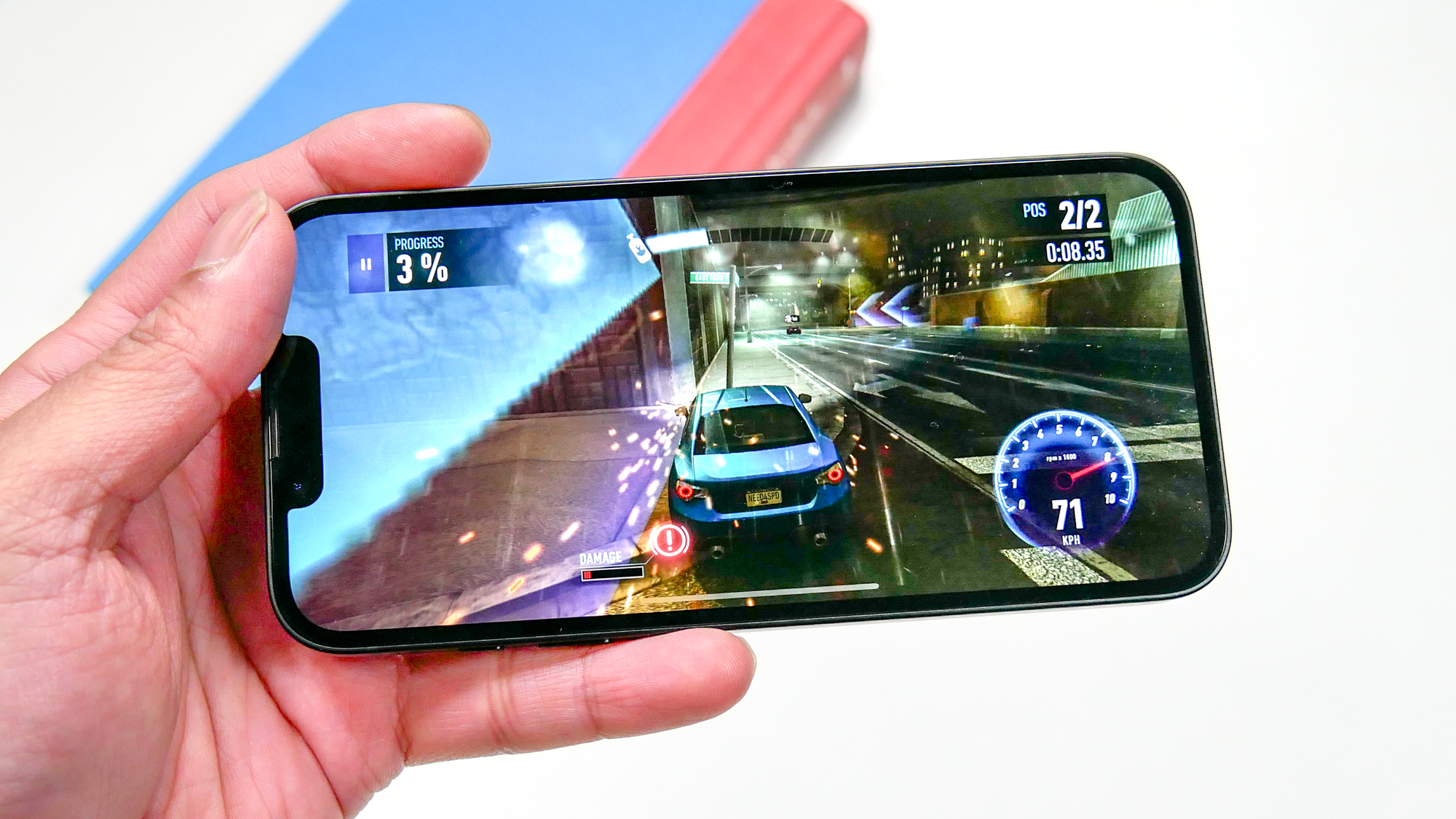
A new design is all well and good, but you still have to introduce improvements that really matter to people and how they use the phone in everyday circumstances. That's how you convince people your latest device is worth an upgrade.
The iPhone 16e certainly delivers on that point, with a new A18 chipset, an upgraded camera that replaces the iPhone SE's 12MP sensor with a 48MP shooter and much better battery life than its predecessor. That ticks off the performance, camera quality and battery life criteria people have when they're looking to buy a new phone.
Rumors suggest that similar changes are coming to the iPhone 17 lineup, with all the new devices likely to get an A19 system-on-chip in one form or another. The Pro models probably get an A19 Pro, while the standard iPhone and the rumored iPhone 17 Air are likely to turn to more basic A19 silicon.
Speaking of the iPhone 17 Pro, it could be in for a big camera upgrade, with Apple tipped to replace the 12MP telephoto camera on the current version of the Pro models. Instead, the new iPhones would include a 48MP telephoto lens, though one rumor indicates that the new iPhone 17 Pro Max zoom capabilities may only reach a 3.5x optical zoom instead of 5x like the iPhone 16 Pro offers.
Extend the same AI features to everyone
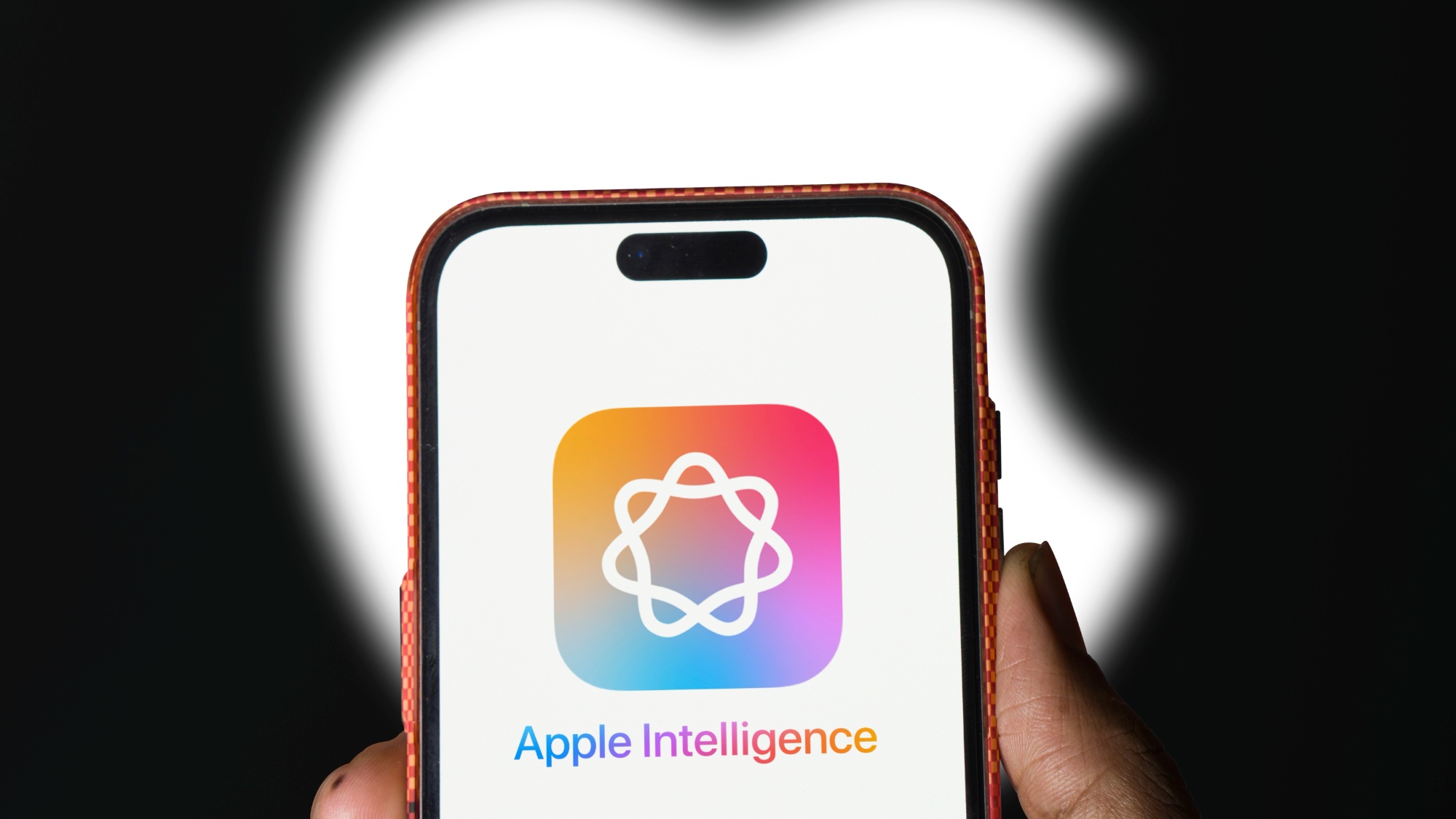
The iPhone 16e may be Apple's cheapest iPhone at $599, but there's one area where you'll find no difference between that model and the $1,199 iPhone 16 Pro Max — both support the same Apple Intelligence features.
That's an important similarity, given how Apple's AI efforts are only getting started. At this point, you want to have those capabilities on as many devices as possible instead of walling them off depending on who paid more for their phone.
It also strikes a compelling contrast with the Pixel 9a, which supports most, though not all, of the AI features you'll find on a Pixel 9 flagship. Because the Pixel 9a runs a more compact version of Gemini Nano, it doesn't have the on-device neural power to support the Pixel Screenshots or Call Notes features introduced on the Pixel 9. That's not a trade-off Apple requires you to make, should you want to buy its cheaper phone.
My hope is that the iPhone 17 takes the same tack. Even if some new Apple Intelligence features require an A19 chipset, my hope is that they'll be as full-featured on the iPhone 17 as they would be on the iPhone 17 Pro Max. And really, Apple's goal should be AI that's available to its older phones, too.
Don't skimp on the colors
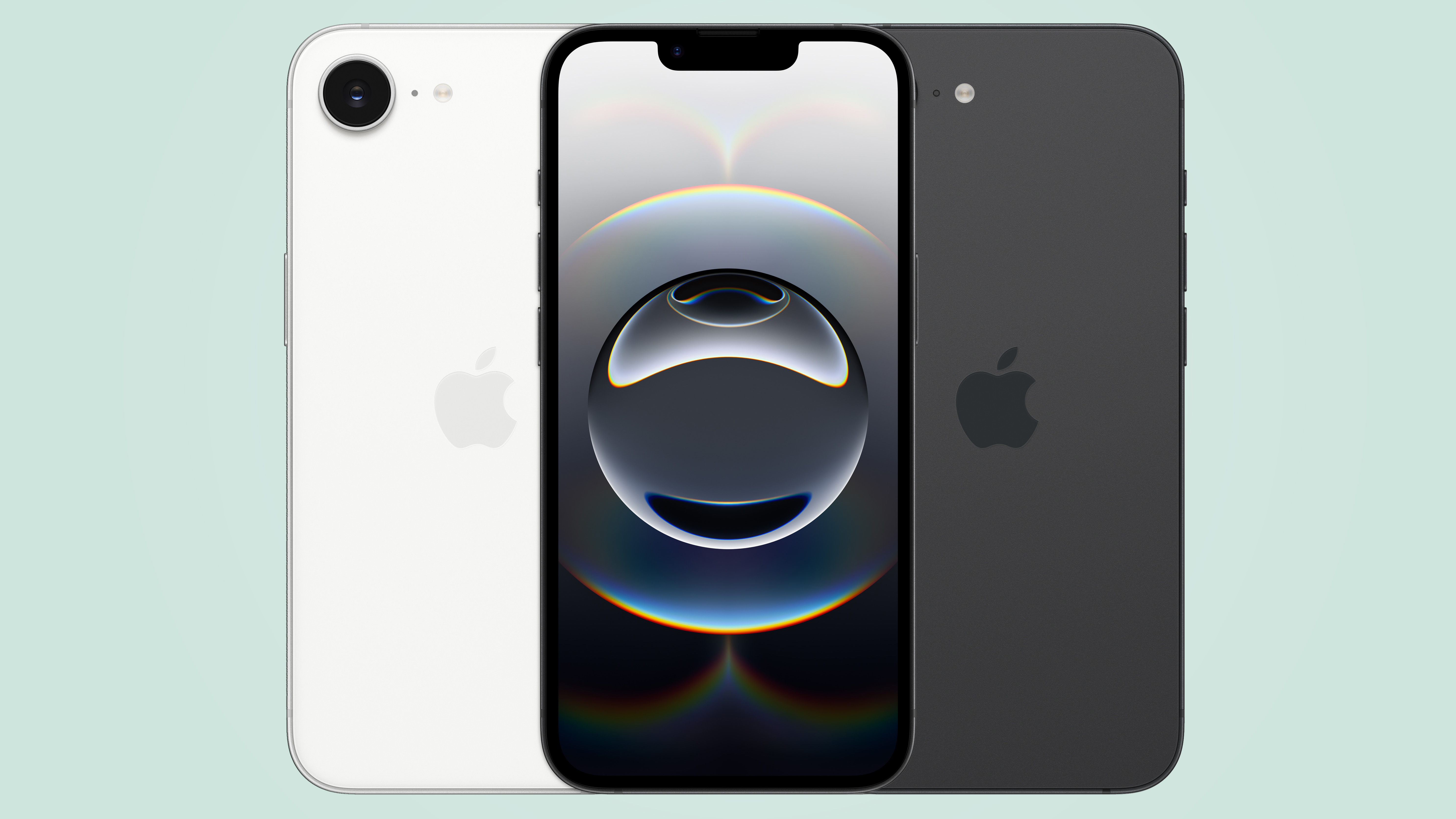
The Tom's Guide review of the iPhone 16e is generally positive, but if there's one area where Apple came up short, it's with the color options available on its cheapest phone. The iPhone 16e color choices are decidedly monochrome, with the phone only available in black and white.
That's fine for a basic device, I suppose. But color is one way we can stamp our own personality on a device. Fortunately, by the sound of things, the iPhone 17 is going to take a much more colorful view.
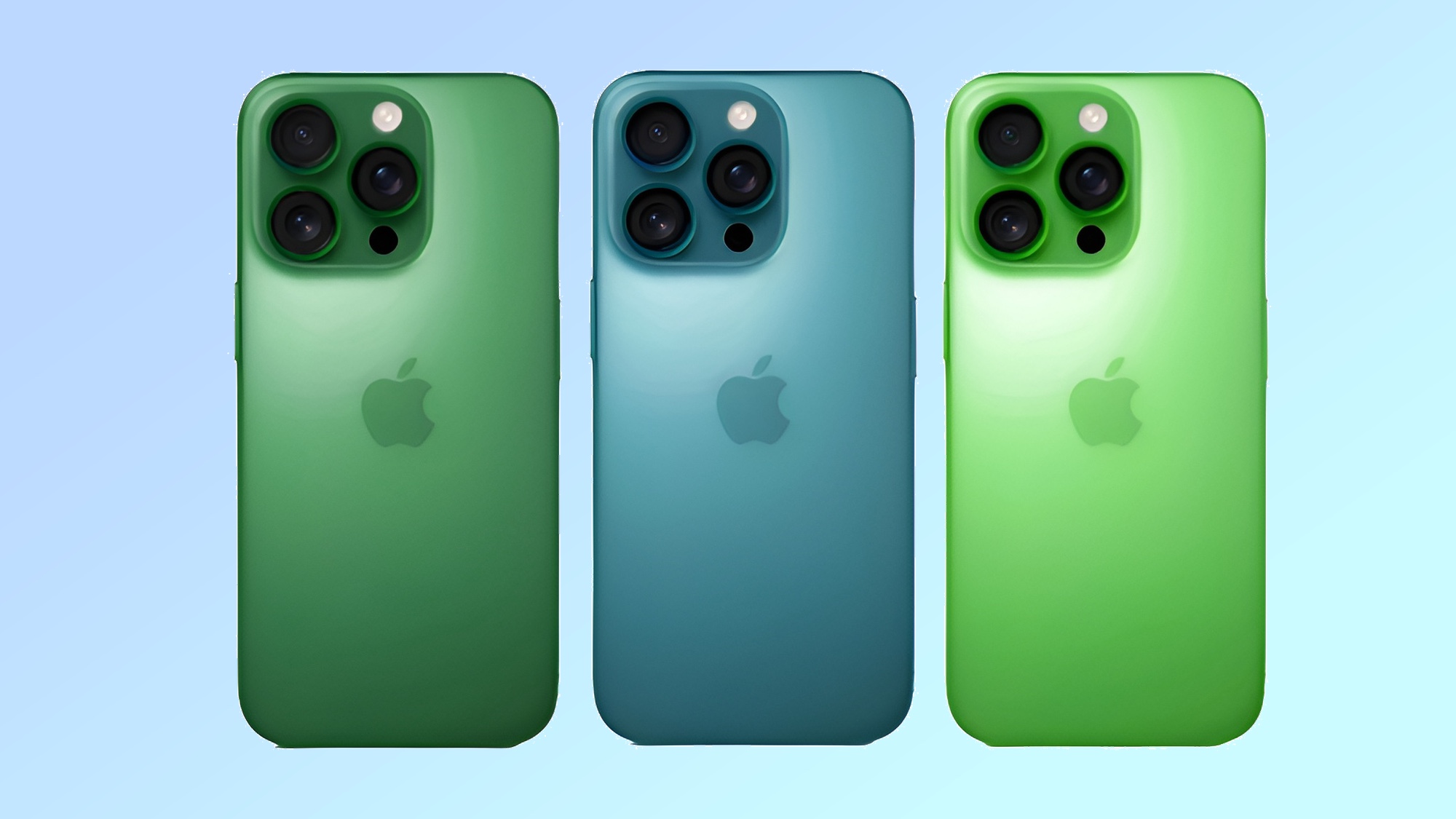
It's a bit early for the definitive word on iPhone 17 colors, but a few rumors have trickled out, mostly related to the iPhone 17 Pro. A leak suggests that colors like teal, green and dark green are on the table, which certainly seems more pleasing to the eye than black and white. And since the Pro colors tend to be pretty restrained, you can imagine the regular iPhone 17 might offer some colors that really pop.
No one likes a price hike
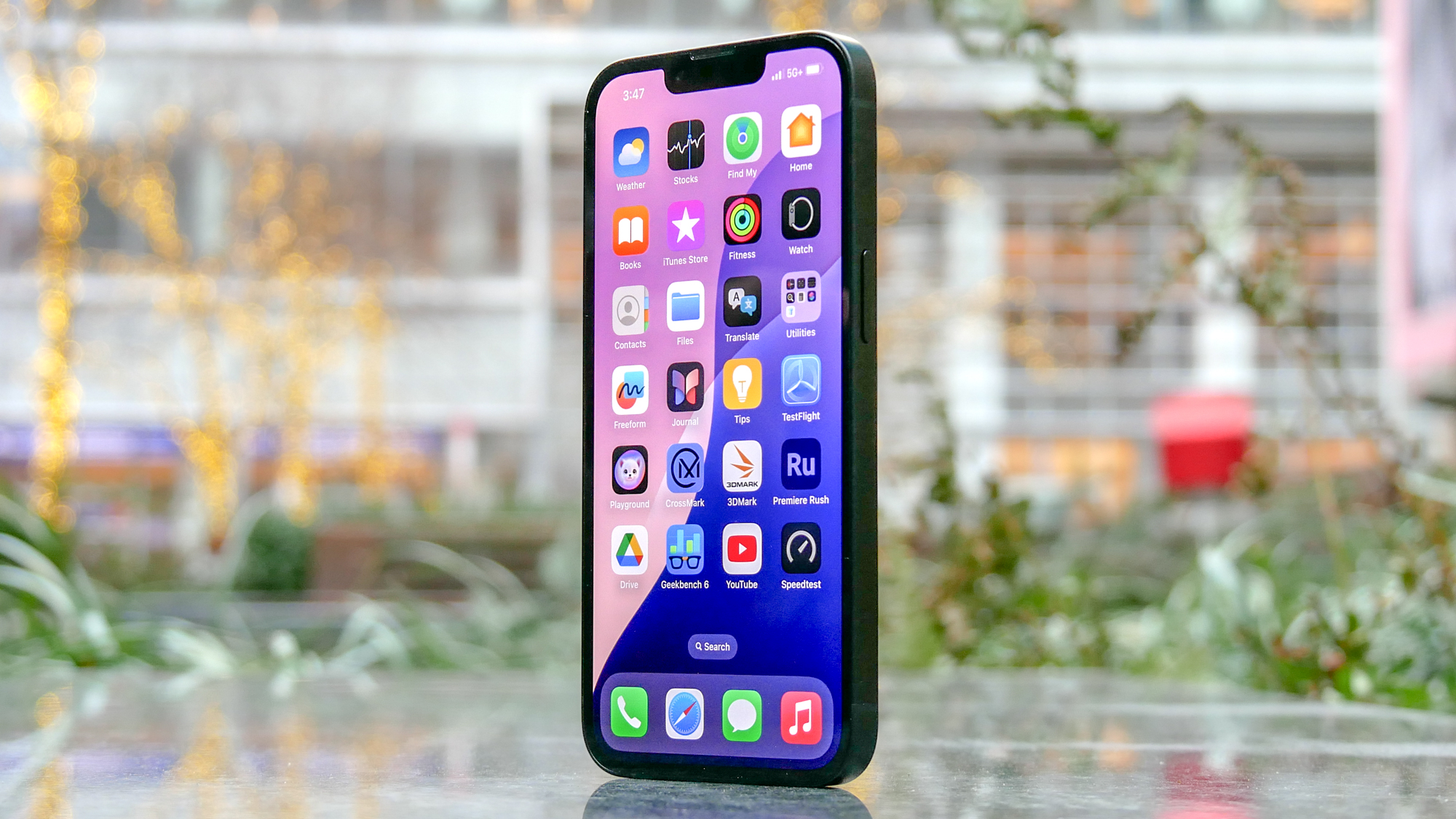
If there's one thing about the iPhone 16e that's generated the most grumbling, it's the $599 price tag for the new phone. That's still relatively affordable, especially when stacked up against other iPhone prices, but it's still $179 more than what Apple was charging for the iPhone SE.
Does that constitute a price hike? If you treat the iPhone 16e as an entirely separate model from the SE, maybe not. But the fact is you need to pay more for Apple's entry level iPhone now than you did at the start of the year.
Apart from a $100 price hike to the iPhone 15 Pro Max in 2023, Apple's done a pretty good job at keeping the prices of its flagship phones steady year over year. An early iPhone 17 pricing rumor suggests our luck may run out this year, particularly if Apple decided to raise prices on its Pro line to charge $999 for the iPhone 17 Air.
But hopefully, Apple has heard the grumbling about the iPhone 16e's price and will do what it can to charge the same for this year's iPhone 17 lineup.
More from Tom's Guide
Sign up to get the BEST of Tom's Guide direct to your inbox.
Get instant access to breaking news, the hottest reviews, great deals and helpful tips.
Philip Michaels is a Managing Editor at Tom's Guide. He's been covering personal technology since 1999 and was in the building when Steve Jobs showed off the iPhone for the first time. He's been evaluating smartphones since that first iPhone debuted in 2007, and he's been following phone carriers and smartphone plans since 2015. He has strong opinions about Apple, the Oakland Athletics, old movies and proper butchery techniques. Follow him at @PhilipMichaels.
You must confirm your public display name before commenting
Please logout and then login again, you will then be prompted to enter your display name.

